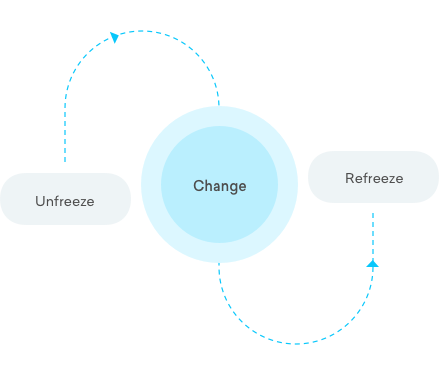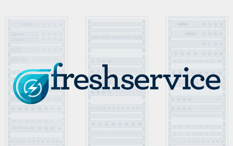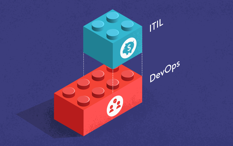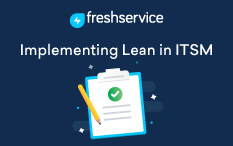Change management models
Having established what is change management and why it is important, it’s time now to see how you go about the process. If you’re someone who knows the pros of having a robust change management process in place, but finding it difficult to implement in everyday work, here’s some help to execute large scale change management.
But like all frameworks, knowing the models and best practices is just one part of solving the bigger puzzle. Success really boils down to how you manage expectations and adapt these solutions to your organizational challenges.
In the following section, we’ve tried to deconstruct two change management models, that we have borrowed from the business world.
Lewin’s change management model
The change management model developed by Kurt Lewin consists of 3 stages of implementing or making changes. The three stages of Lewin’s change model include,
Unfreeze
All existing processes and do a deep dive of what works and what doesn’t.
- Decide what needs to change
- Explain why the change is important
- Ensure you have a strong buy-in from all stakeholders
- Manage and understand doubts and concerns
Change
Deploy changes once you’ve identified them and keep looking for feedback
- Communicate as frequently as possible
- Dispel rumours
- Involve ‘advocates’ in the communication process
- Have bias for action
Refreeze
After iterations and corrections, refreeze the changes for optimised operations
- Make the changes a part of daily routine
- Find ways to sustain the changes
- Provide support and help wherever and whenever needed
- Celebrate success
ADKAR Model of change management
Lewin’s change management model is very useful to implement when
- Your business/operations need drastic steps or course corrections to get back on track
- Uncover hidden mistakes on things that were taken for granted
However, Lewin’s model is not scalable because it requires a lot of time to implement. Though it doesn’t matter if the magnitude of change isn’t big, it requires you to have a rigorous analysis – failing which, the model falls flat.
ADKAR change management model puts the emphasis on employees and people behind the change. Created by Jeff Hiatt (Founder of Prosci), this change management model is very less sequential in nature and focuses/breaks down the changes into goal(s) to be achieved.
Focussing on achieving the following 5 goals, this change management model can be used to plan out your changes in IT effectively.
- Awareness of the need for a change communicated properly to all stakehodlers
- Desire to participate and support the change initiated by the IT team
- Knowledge of how and when to apply these changes.
- Ability to implement these changes effectively.
- Reinforcement and sustenance of the change.
This change management model can be applied to your IT operations when your team is implementing small incremental changes that are not disruptive. The added focus on employees and their needs rather than the technical aspects ensures higher adoption for the new processes/actions by your IT team. If you’re planning an organization wide change or a global change, you might NOT want to go for an ADKAR model as most of the macro elements are either taken for granted or not accounted for in this change model.


















